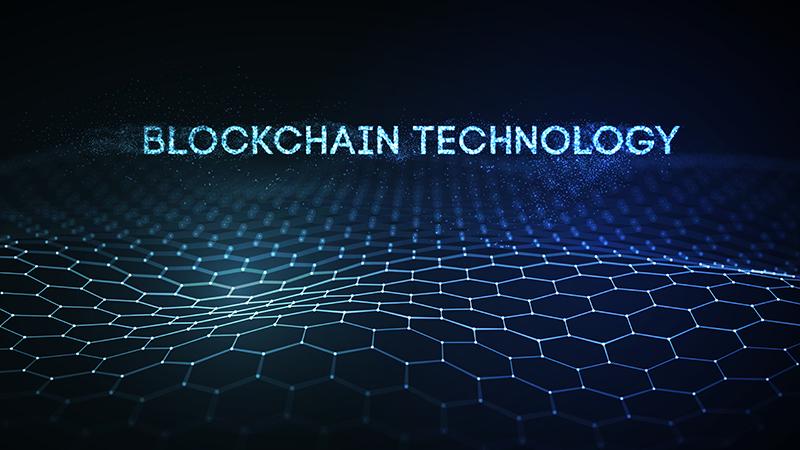by Matthew Russell - Posted 6 years ago

Hey Vigilantes! Were at it again. Writing up some blogs to melt your mind. It is the day after Thanksgiving and I am following my personal holiday tradition; watching Thomas Crown Affair, working, and sipping a rum and coke. This is my favorite time to write.
I recently took a small group of test users through our system. They all unanimously loved it (Despite the fact that I told them that the only way they are getting the antidote was to give us some rave reviews).
During our testing, everyone ran into the same hang up, “What is Blockchain Technology?” I would explain it in as many ways as I could. It would seem that everyone has heard of Bitcoin, but that is where their general knowledge stops.
I had to hit the drawing board, so I turned to my class. For those of you that don’t know, I also teach Programming at our local High School. I turned the question over to them. “How do you explain Crypto Currency to people who have never known anything other than the typical currency!?!
Well, one of my students by the name of Alex wrote up this wonderful article. I present it to you now. This breaks down blockchain into it’s simplest form for easy digestion.

Blockchain is a database is connected across a network of computers. Once something is added to the record chain it is very difficult to change. The Network makes constant checks to ensure all copies of the data are identical. Blockchains have been used to underpin cyber-currencies like Bitcoin or Ethereum, but there are many other possible uses.
Blockchain makes records of any trades that happen in the system. The record lists a digital signature from each party as well as other important details. Nodes, computers in the network, check if all the details in the trade are valid. If the record is valid it is then accepted and added to a block.
Every block contains a unique code called a hash as well as the hash from the previous block in the chain. The hash code works as glue for the blocks connecting them together in a specific order, making a blockchain. Hash code is what makes blockchain so secure.
A hash is created by a math function that uses digital information to generate a string of letters and numbers from it. No matter what the size of the original file is the hash will always generate the same length of code. If any change is made to the original block the hash changes breaking the blockchain.
A blockchain database is a decentralized, unlike traditional ledgers. Without centralized control of the network, trust becomes an issue. One way to help this is to only let people you know to join in.
But blockchains such as the bitcoin network are open to everyone. To resolve this and build trust, the blockchains set tests for the computers that seek to join and add records to the chain.

Blockchain has a big chance to do so much in the future. It can be used to vote. With the way hash code works no tampering could happen with the votes as that would break the chain. Another use could be supply chain. This way customers could tell where a product came from.